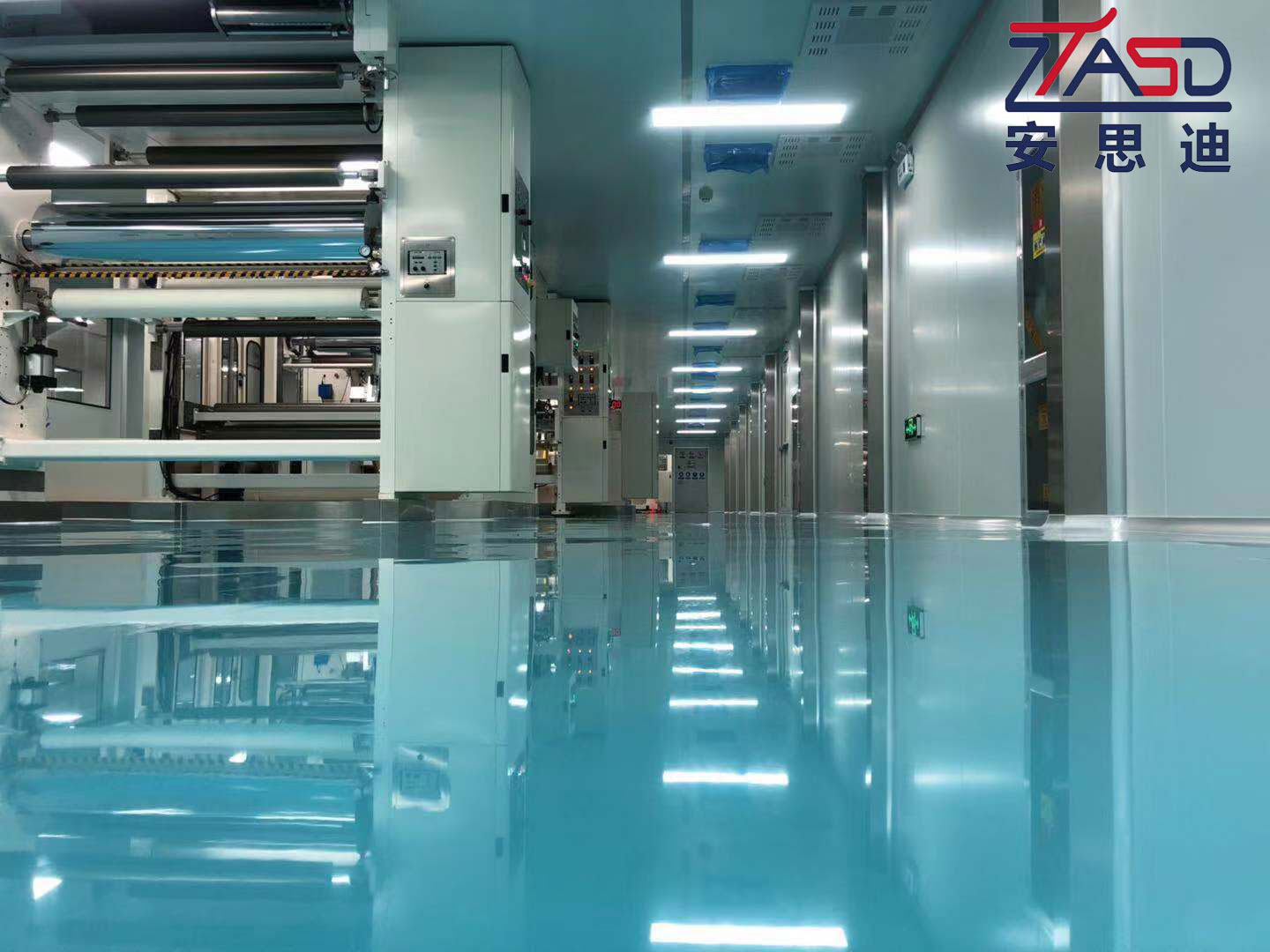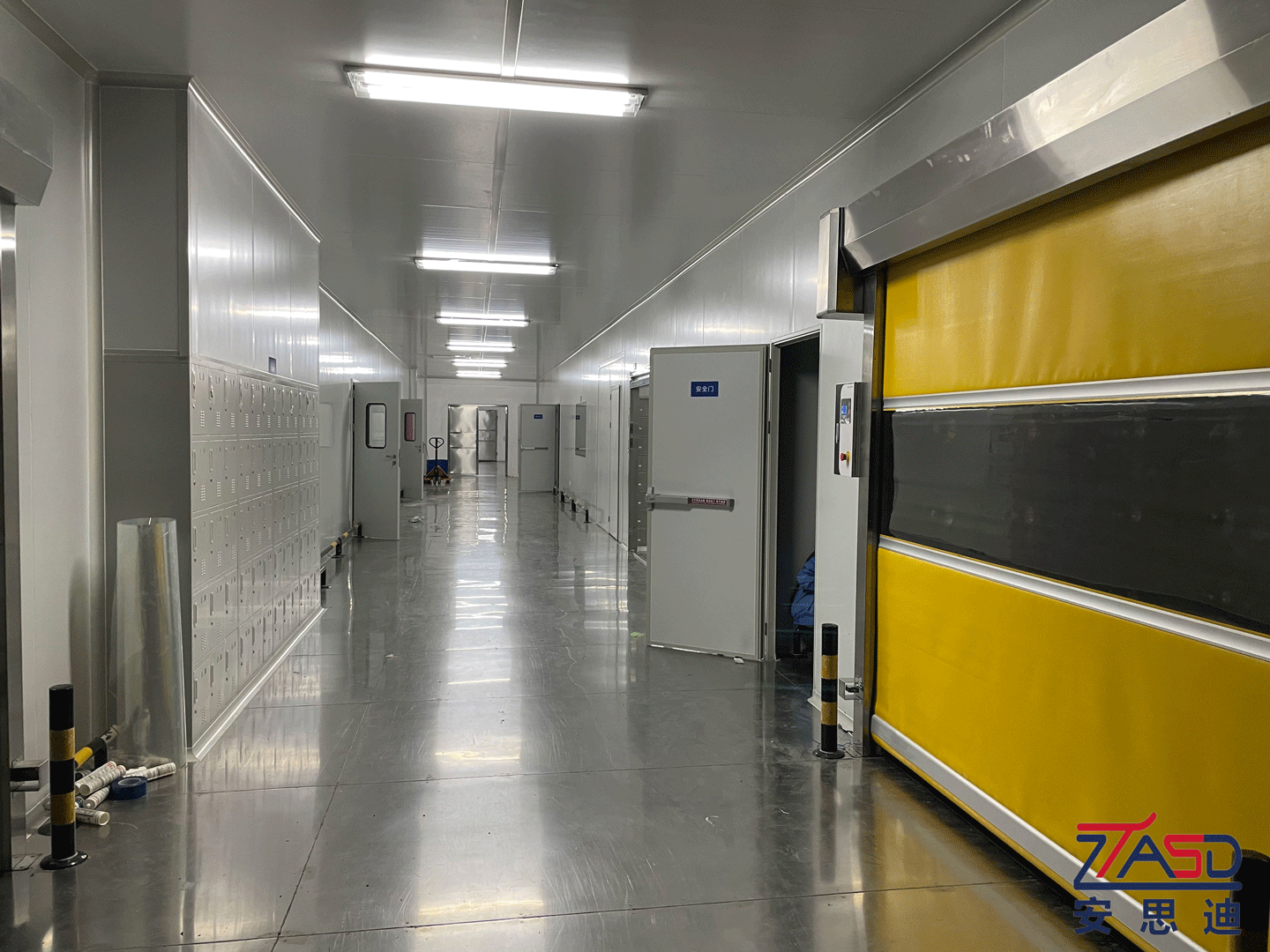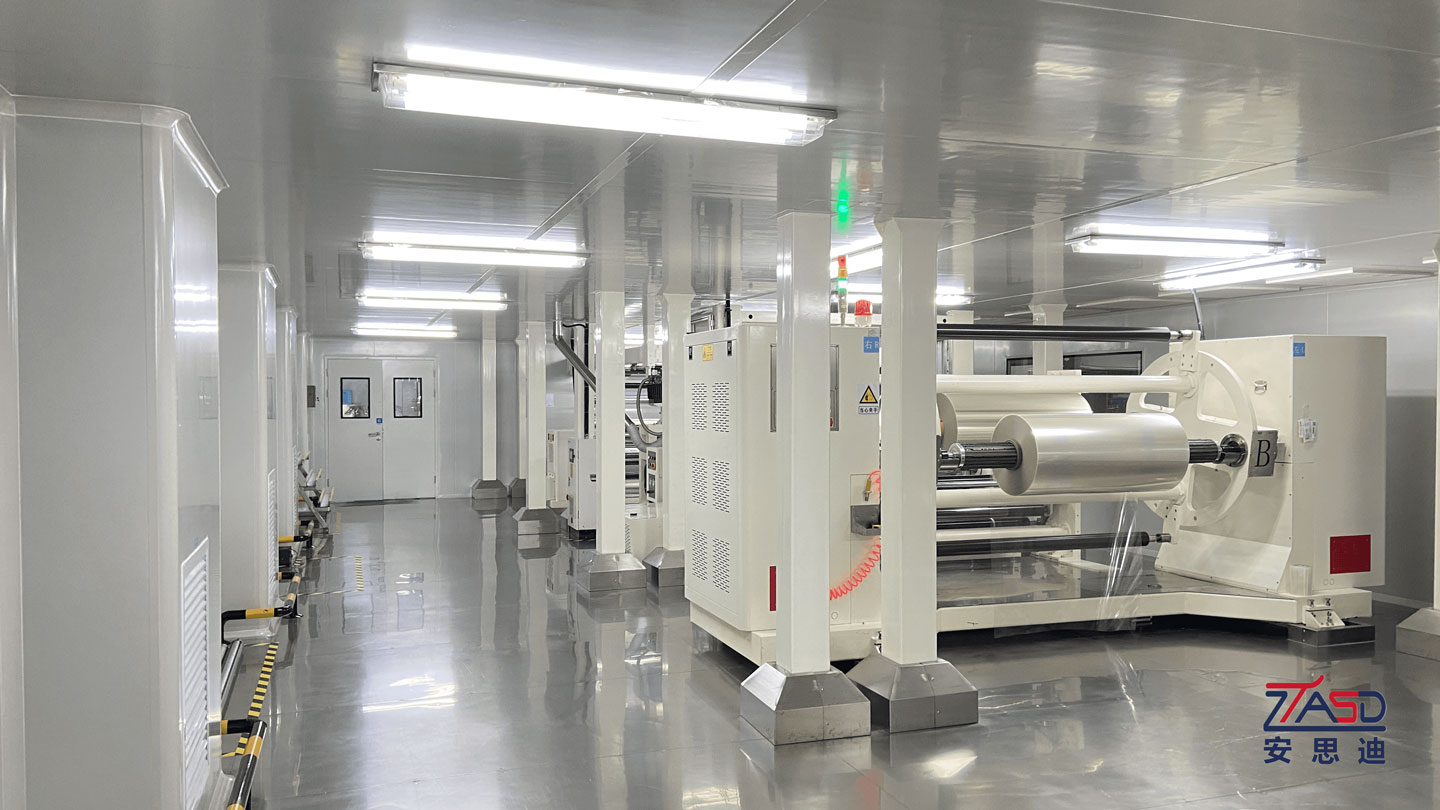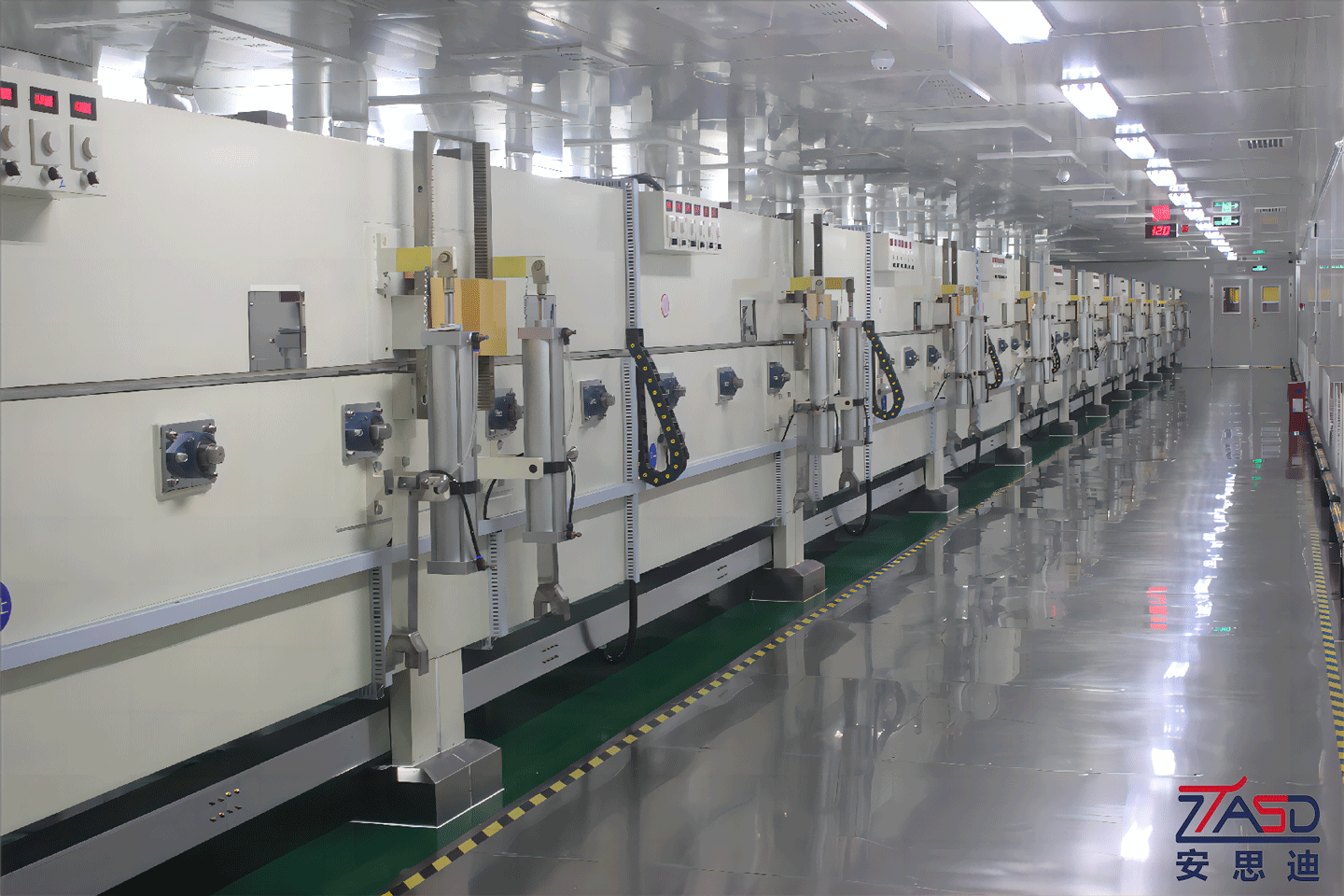







The selection of flooring in a coated cleanroom is crucial as it directly impacts the cleanliness, safety, durability, and maintenance costs of the workspace. In a cleanroom environment, the flooring must not only meet basic physical and chemical performance requirements but also adapt to specific production processes and environmental conditions. This article will provide an introduction to the selection of flooring in coated cleanrooms based on existing data and project case studies.
I. Cleanliness Requirements
The cleanliness requirements for flooring in coated cleanrooms are very high, as the floor is a primary area for dust particle settlement. The flooring material needs to exhibit good wear and impact resistance to minimize particle generation and spread. Additionally, the flooring material should be less likely to accumulate static electricity, preventing particle generation from static discharges.
II. Physical Performance Requirements
Flooring in coated cleanrooms should have high hardness, strength, and wear resistance to withstand the weight of equipment and personnel within the cleanroom, as well as the impact from logistics transportation. Furthermore, the flooring should have good crack resistance and impermeability to adapt to the effects of temperature changes and humidity fluctuations.
III. Chemical Performance Requirements
Flooring in coated cleanrooms should have reasonable chemical stability, capable of resisting the erode of chemicals, solvents, and cleaners that may be present in the workspace. The flooring material should not readily undergo chemical reactions to ensure the stability and durability of the flooring.
IV. Safety Requirements
Flooring in coated cleanrooms should have good anti-slip properties to ensure the safety of personnel as they navigate the workspace. Moreover, the flooring material should be non-flammable and have good flame retardancy to enhance overall safety in the cleanroom.
V. Durability and Maintenance Costs
Flooring in coated cleanrooms should have a long service life to reduce maintenance costs. The flooring material should be easy to clean and maintain, reducing downtime and improving production efficiency.
Based on these requirements, the selection of flooring in coated cleanrooms typically includes the following types:
1. Epoxy Flooring: Epoxy flooring offers good wear, chemical, and impact resistance and is suitable for various industrial environments. During the installation of epoxy flooring, conductive agents can be added to reduce static electricity buildup. However, epoxy flooring is sensitive to humidity, which may lead to cracking and delamination at high humidity levels.
2. Polyurethane Flooring: Polyurethane flooring has high wear and chemical resistance and is suitable for environments with heavy loads and extreme temperatures. Polyurethane flooring has good anti-static properties and is suitable for industries such as electronics.
3. PVC Flooring: PVC flooring has good anti-static properties and chemical resistance and is suitable for places requiring cleanliness, such as pharmaceutical and food plants. PVC flooring is easy to install and has low maintenance costs.
4. Anti-static Flooring: Anti-static flooring, with special materials and construction techniques, offers good anti-static properties and is suitable for industries prone to static electricity, such as electronics and pharmaceuticals. Anti-static flooring can be made of epoxy, polyurethane, or PVC.
5. Wear-resistant Flooring: Wear-resistant flooring, with special materials and construction techniques, has high wear and impact resistance and is suitable for environments with heavy loads and extreme temperatures. Wear-resistant flooring can be divided into types like diamond sand wear-resistant flooring and silicon carbide wear-resistant flooring.
6. Stainless Steel Flooring: In addition to the aforementioned epoxy flooring, polyurethane flooring, PVC flooring, anti-static flooring, and wear-resistant flooring, stainless steel flooring is also a common choice, especially in environments requiring high cleanliness and corrosion resistance. Stainless steel flooring has the following characteristics:
- Corrosion Resistance: Stainless steel has excellent corrosion resistance and is suitable for workshops containing acids, alkalis, salts, and other corrosive substances.
- High Cleanliness: Stainless steel surfaces are smooth and easy to clean, maintaining cleanliness over the long term.
- Wear Resistance: Stainless steel has a certain level of wear resistance and can withstand a certain degree of abrasion.
- Fire Resistance: Stainless steel is not easily combustible and has good fire resistance.
- Maintenance Costs: The maintenance costs for stainless steel flooring are relatively low, and it only needs regular cleaning to maintain its performance.
When choosing stainless steel flooring, consider the following factors:
- Thickness: The thickness of the stainless steel flooring should be selected based on the load it can bear and the expected service life.
- Type: Stainless steel comes in various types, such as 304, 316, etc., each with different corrosion resistance.
- Surface Treatment: The surface treatment of stainless.
In summary, the selection of flooring in the coating clean room should be based on the requirements of cleanliness, physical properties, chemical properties, safety and durability. Epoxy flooring, polyurethane flooring, PVC flooring, anti-static flooring, wear-resistant flooring, and stainless steel flooring are all common choices, and each material has its advantages and applicable scenarios. In the actual selection, according to the specific requirements of the workshop and the production process, a variety of factors should be considered to select the appropriate floor materials and construction schemes. At the same time, you can also refer to relevant industry standards and project cases to ensure the stability and reliability of the flooring system.
Copyright © 2023 安思迪涂装 All Rights Reserved.粤ICP备2023055365号 XML地图
 扫一扫咨询微信客服
扫一扫咨询微信客服